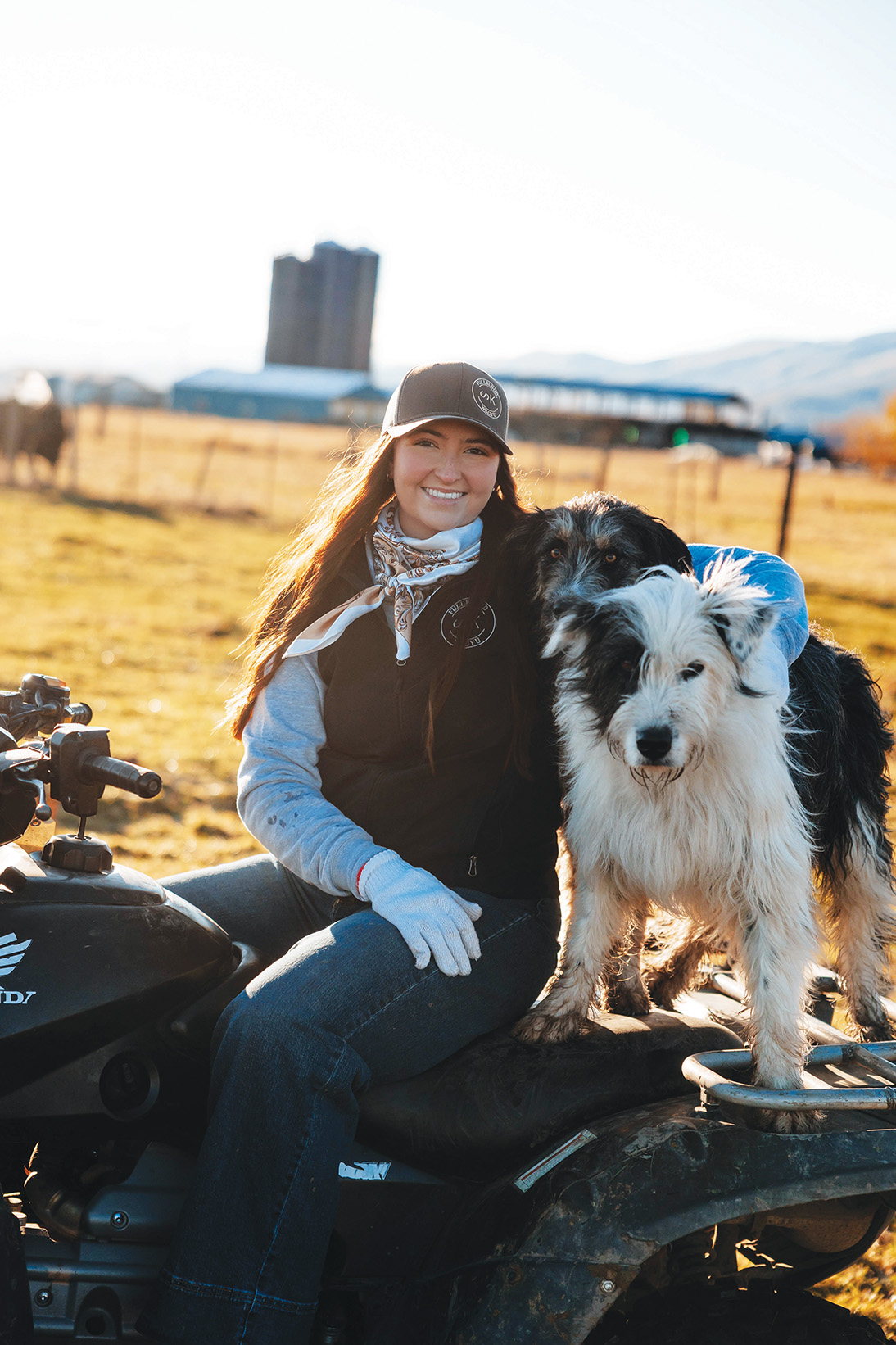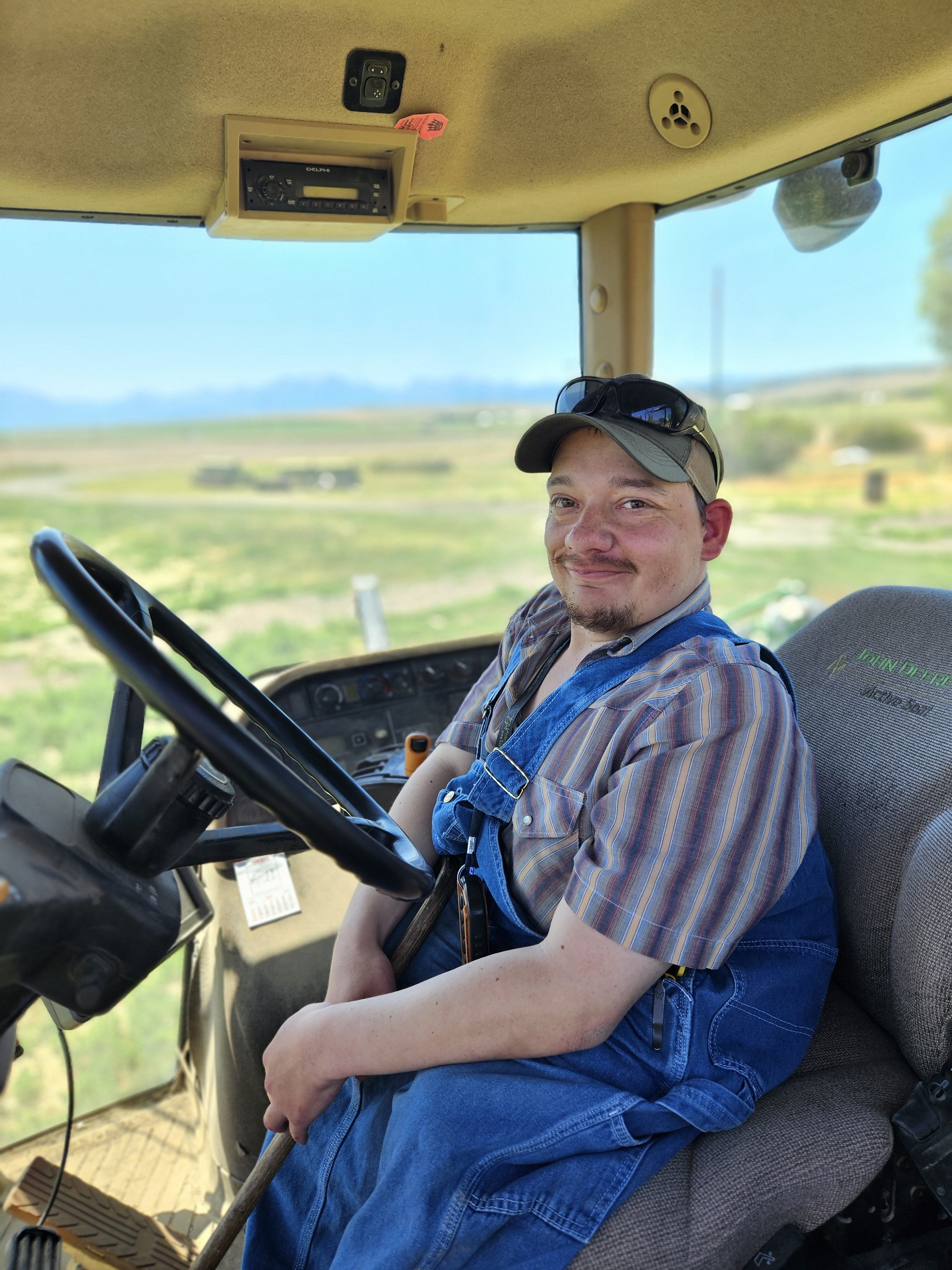EDITORIAL: Proceed with caution on Powder Basin water plan
Published 12:15 pm Wednesday, April 26, 2023
The Oregon Department of Environmental Quality’s (DEQ) effort to reduce levels of potentially harmful bacteria in the Powder River Basin, which includes most of Baker County, is worthwhile. But the agency, which is acting under the auspices of the federal Clean Water Act, should be judicious in pursuing that laudable goal.
Trending
Based on the evidence DEQ has collected from lab tests of water samples, it doesn’t seem justified to use the TMDL process — Total Maximum Daily Load — to impose expensive requirements on the ranches and farms that are so vital to Baker County’s economy.
Those results show that samples from several streams, including the Powder, North Powder and Burnt rivers, exceed federal standards for E. Coli and fecal coliform bacteria. Those microorganisms can make people, and potentially livestock and wildlife, sick. The primary source of those bacteria, according to DEQ, is feces from livestock.
Doni Bruland, who is Baker County’s natural resources director, and Curtis Martin, a cattle rancher from the North Powder area, argue that the DEQ lacks sufficient evidence to reach that conclusion. The pair, both of whom are members of a local TMDL advisory committee that’s working with DEQ, point out that the agency hasn’t done genetic testing on bacteria to determine whether the source is livestock or wildlife.
Trending
It’s a legitimate question.
Regardless of the source of the bacteria, although reducing those and other pollutants from water is desirable, it’s not clear what direct benefits the public would derive from trimming the bacterial concentrations. There’s no evidence that the measured bacterial levels are causing outbreaks of illness.
Both Bruland and Martin are concerned about the TMDL process in part because it’s not clear whether the final plan, which DEQ hopes to release later this year, would trigger mandatory changes in how ranchers and farmers operate.
Their anxiety is understandable.
Any new expense could make it hard for some agricultural businesses to keep operating.
There are reasons for optimism, to be sure.
According to DEQ, financial aid, including grants and low-interest loans with principal forgiveness, could be available for landowners who have to make changes to comply with the TMDL plan.
Also, other basins seem to have adapted to TMDLs. The Malheur basin, for instance, has had a TMDL for multiple pollutants, including bacteria, for 13 years. And the Malheur basin, like the Powder, is cattle country.
DEQ officials acknowledge that reducing pollutants, with an ultimate goal of having streams comply with federal standards, can take decades. And the agency recognizes the importance of voluntary actions, such as irrigation districts working with landowners and agencies to install pipes and troughs so cattle can get water without wading into streams.
Switching from flood irrigation to more efficient sprinklers, which can also reduce the amount of bacteria-laden water that runs into streams, is another practice that can benefit the landowner and make water more pure.
As Bruland and Martin said, the TMDL process has the potential to cause significant — which is to say, expensive — problems for ranchers and farmers.
But if DEQ takes a reasonable and moderate approach, this process could yield notable gains in water quality without damaging the county’s economy.









